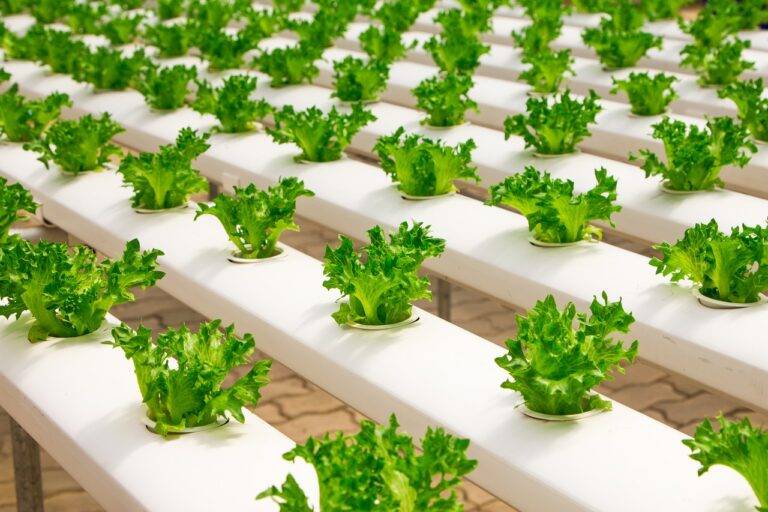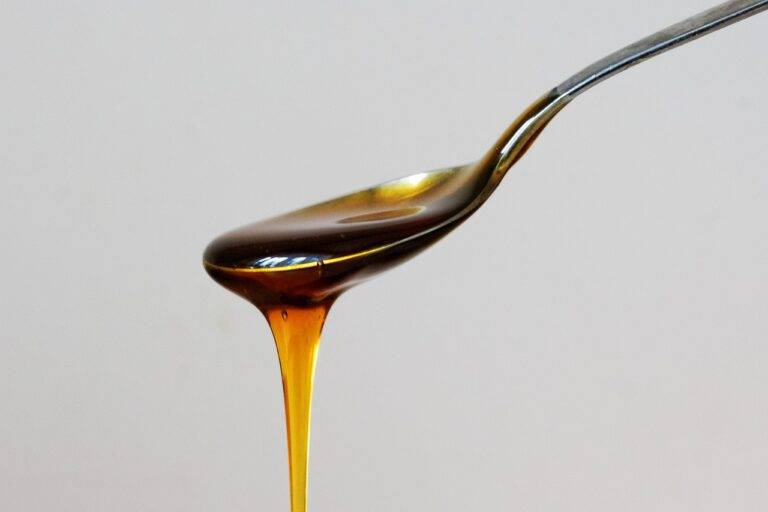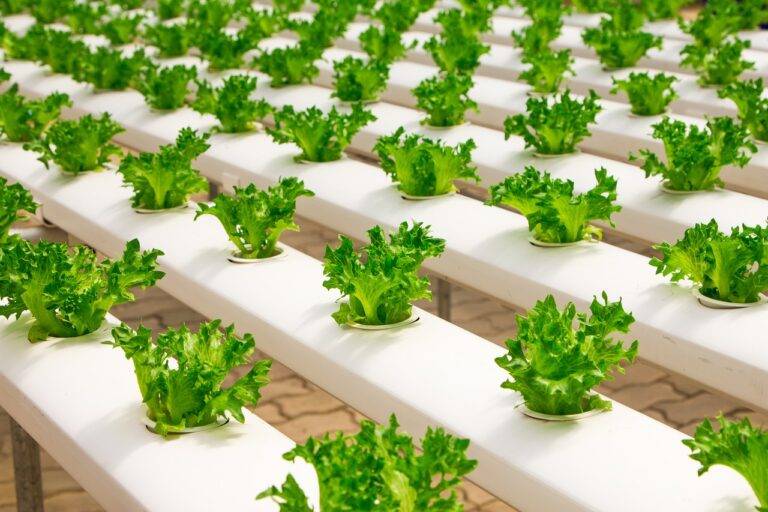The Art of Food Garnishing: Turning Meals into Visual Masterpieces
Food presentation plays a pivotal role in setting the stage for a memorable dining experience. The visual appeal of a dish can pique curiosity and stimulate the appetite even before the first bite is taken. When a dish is thoughtfully presented with an artistic flair, it elevates the overall dining experience and leaves a lasting impression on the diner.
The colors, arrangement, and garnishes on a plate can greatly influence the perception of the dish. A well-presented meal not only showcases the skill and creativity of the chef but also conveys a sense of care and attention to detail. Whether it’s a fancy Michelin-starred restaurant or a cozy home kitchen, the presentation of food adds an extra dimension to the culinary journey, making it not just a feast for the taste buds but also for the eyes.
History of Food Garnishing
Garnishing food has been a practice rooted in history, dating back to ancient times across various cultures. In ancient Rome, elaborate displays of food were adorned with herbs, edible flowers, and olive oil to showcase the chef’s skill and to please the eye of the diners. Similarly, in ancient China, food garnishing was considered an art form, with intricate carvings of vegetables and fruits adorning dishes fit for emperors and nobility.
Moving into the medieval period, food garnishing continued to evolve, with an emphasis on creating visually appealing displays to signify wealth and abundance. Nobles and royals would often host extravagant feasts where food was not only delicious but also presented in a lavish and decorative manner. Garnishing techniques such as gold leaf, sugar sculptures, and intricate designs made from marzipan became popular, setting the stage for the elaborate food presentations we see today.
What is the importance of food presentation?
Food presentation plays a significant role in enhancing the dining experience as it stimulates the appetite and creates an enjoyable dining atmosphere.
When did food garnishing first begin?
Food garnishing has been practiced for centuries, with evidence of elaborate food decorations dating back to ancient civilizations such as the Egyptians and Greeks.
How has food garnishing evolved over time?
Food garnishing has evolved from simple decorative elements to intricate designs and creative arrangements, reflecting changing culinary trends and cultural influences.
What are some common techniques used for food garnishing?
Some common techniques used for food garnishing include fruit and vegetable carvings, edible flowers, sauce drizzles, herb sprinkles, and creative plating arrangements.
How does food garnishing enhance the overall dining experience?
Food garnishing adds visual appeal to dishes, making them more appetizing and enticing. It also shows attention to detail and care in food preparation, which can elevate the dining experience.






